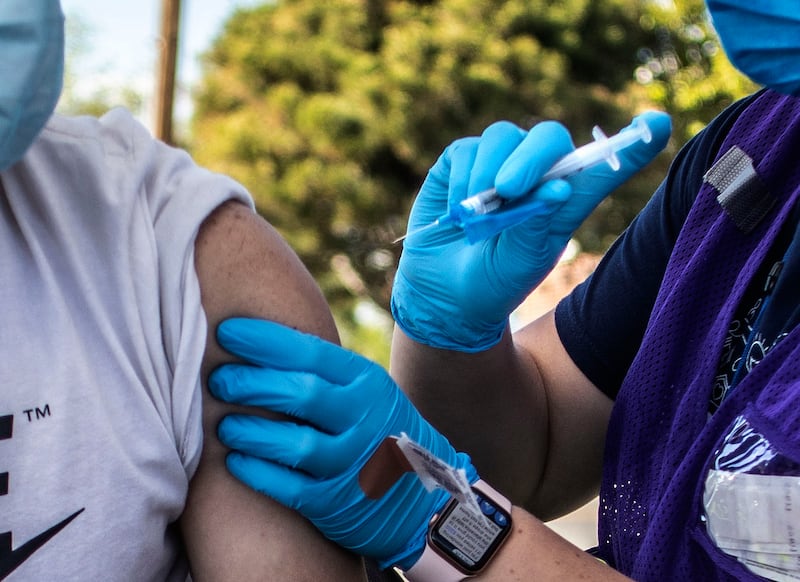The science of vaccine development is entering a new frontier due to scientists’ realization that they can target a virus’ most vulnerable point, according to The Atlantic.
Scientists first embraced this approach in 2013, when working on a vaccine for RSV. That work slowed during the COVID-19 pandemic, but the strategy became essential.
“Scientists had originally perfected the idea with RSV, only to repurpose it for the COVID vaccine,” The Atlantic reported.
Now, vaccine researchers are refocused on RSV, and three new RSV vaccines have been approved by the FDA. Respiratory syncytial virus, or RSV, is one of the most common diseases of the fall season, affecting babies and the elderly in particular. Every year, RSV kills 6,000 to 10,000 elderly people in America, and it is the No. 1 cause of babies getting hospitalized, per The Atlantic.
New RSV vaccines
The three new RSV shots target different groups of Americans.
- One is an antibody shot for infants who are too young to get traditional vaccines.
- Another is for adults 60 and other, as well as pregnant women, who can pass the vaccine’s benefits to their unborn children.
- The third is also for older adults.
“That these three new RSV shots are coming out at once is no coincidence. They succeed where others failed because they all target a specific weak spot in the virus,” The Atlantic reported.
The history of RSV vaccines
Scientists have been trying to develop effective RSV vaccines for decades. In 1956, a trial for an early version of an RSV vaccine had such a horrific result that RSV vaccine development was not attempted again for decades, per The Atlantic.
The early version of the vaccine was based on the successful one for polio, that used “formalin-inactivated RSV (FI-RSV).” But when infants were given a dose of that vaccine, the results were worse than not receiving the vaccine at all. Instead, the vaccine made the disease more intense. Two babies died as a result of devastated lungs, per the World Health Organization.
According to The Atlantic, scientists were able to break through confusion and anxiety surrounding RSV vaccine development by determining a better vaccine target. They knew that RSV infects cells by fusing with them, and that a vaccine would be more effective against the pre-fusion form of the virus.
The problem was that the pre-fusion form is extremely unstable and can spontaneously change to its post-fusion form, which is irreversible. This obstacle was overcome when scientists found a way to stabilize the pre-fusion form of the virus, meaning it could be used reliably in a vaccine, The Atlantic reported.
This method is called structure-based vaccine design, and it was already in use for the RSV trials when the COVID-19 pandemic hit. The technique enabled scientists to develop the COVID-19 vaccine more quickly than they might otherwise have done, per The Atlantic.

